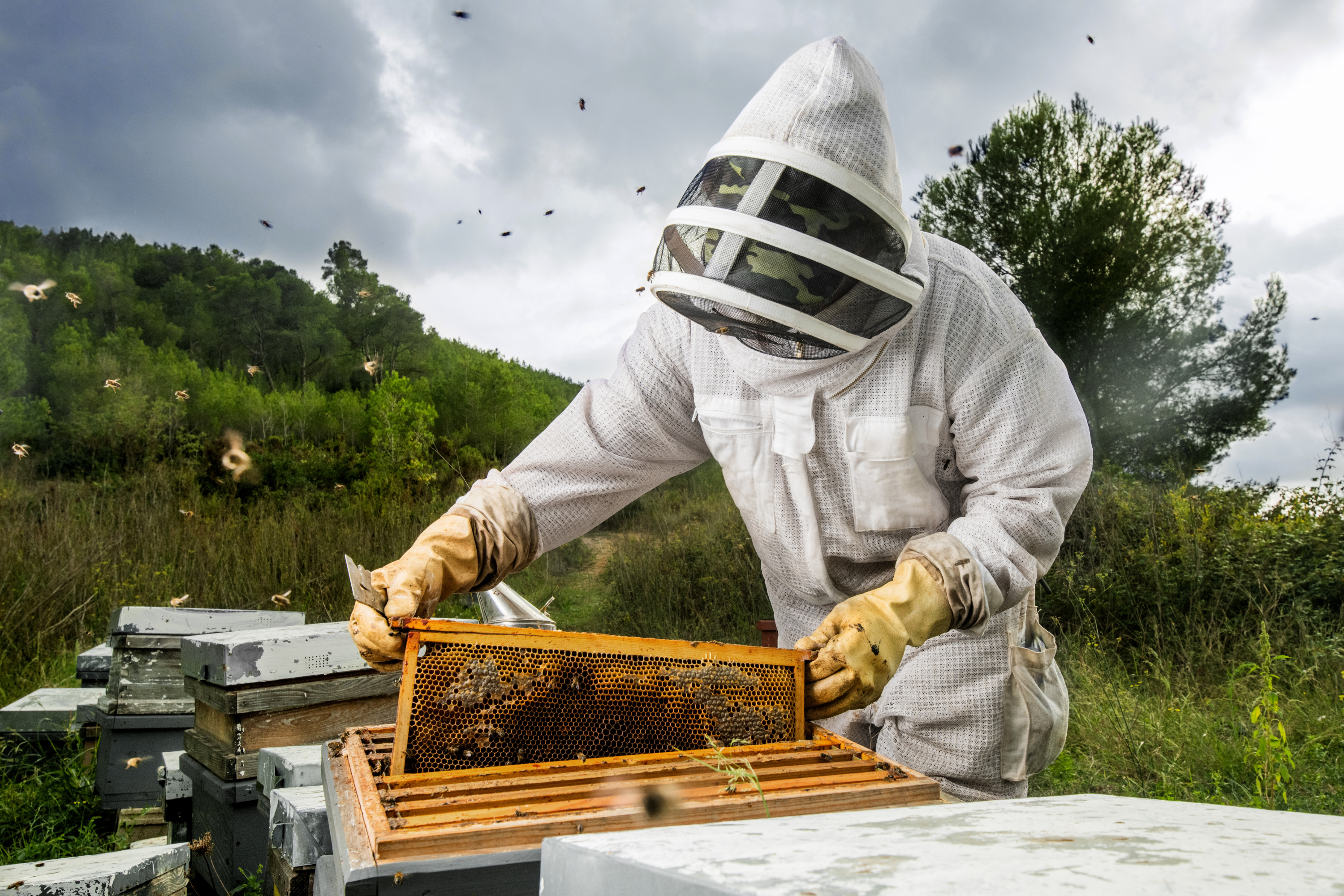Home
Barn Owl Blog
Understanding Emergency Assistance for Livestock, Honey Bees, and Farm-Raised Fish: Support During Disaster

Understanding Emergency Assistance for Livestock, Honey Bees, and Farm-Raised Fish: Support During Disaster
Emergency Assistance for Livestock, Honey Bees, and Farm-Raised Fish (ELAP) is a USDA program that provides financial support to producers who suffer losses due to natural disasters or disease outbreaks that are not covered by other federal programs. ELAP is designed to help livestock, beekeepers, and aquaculture farmers recover from unexpected events that threaten their production and income.
Who is Eligible and What Losses are Covered?
ELAP covers losses that include but are not limited to: feed and forage losses due to drought or flooding, death losses of eligible livestock, losses related to honey bee colonies including colony collapse disorder, and losses of farm-raised fish due to disease or adverse weather. The program assists producers when other disaster programs or crop insurance policies do not provide coverage.
How Emergency Assistance Works: A Real-World Example
Consider a beekeeper in North Carolina who experiences significant honey bee colony losses during the winter of 2022-2023 due to unusually harsh weather combined with a disease outbreak. The beekeeper does not have insurance coverage for these losses, and the local area was declared a disaster area by the USDA.
The beekeeper applies for ELAP and documents the losses. After verification, the program provides financial assistance to help cover the costs of replacing colonies, purchasing feed, or other related expenses. This support enables the beekeeper to rebuild the operation for the coming season.
Similarly, a cattle rancher in Texas facing severe drought may experience feed shortages that jeopardize the herd’s health. If the rancher cannot cover losses through crop insurance or other USDA programs, ELAP can provide assistance to purchase emergency feed or cover other eligible expenses.
Key Features of Emergency Assistance
ELAP fills important gaps in disaster relief for livestock, honey bee, and farm-raised fish producers by addressing losses not covered elsewhere. The program requires producers to document losses carefully and apply within set deadlines following disaster declarations.
Unlike crop insurance, ELAP is a disaster assistance program and payments are made based on verified losses. The program aims to provide timely support to help producers recover and maintain production capacity after adverse events.
Enrollment and Applying for Assistance
Producers must apply for ELAP through their local USDA Farm Service Agency office. Documentation of losses, evidence of disaster declarations, and compliance with program rules are necessary parts of the application process. Early communication with USDA offices is encouraged to ensure eligibility and timely assistance.
Conclusion
Emergency Assistance for Livestock, Honey Bees, and Farm-Raised Fish offers critical support to producers facing losses from disasters and disease that fall outside traditional insurance coverage. The examples of the North Carolina beekeeper and Texas cattle rancher illustrate how ELAP helps sustain agricultural operations during difficult times. For livestock, beekeepers, and aquaculture farmers seeking a safety net for unexpected losses, ELAP is a vital resource to consider in their risk management planning.
Up next: Understanding the Noninsured Crop Disaster Assistance Program (NAP)
Share


